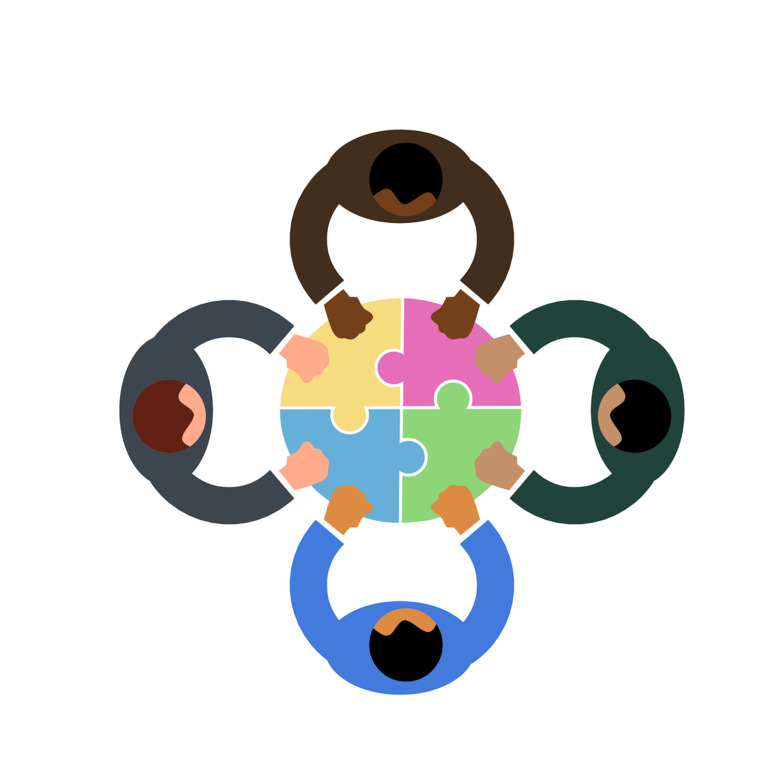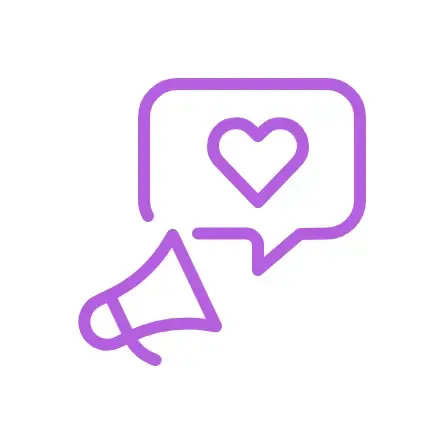Digital Accessibility and UDL
The Universal Design for Learning (UDL) framework emphasizes the importance of creating a teaching approach that caters to the diverse needs and abilities of all learners. While accessibility accommodations address the specific needs of individual students, the three principles of the UDL framework aim at supporting teachers to identify and remove potential barriers to learning for all students.

Universal Design for Learning (UDL) is a framework for designing educational environments that are accessible and effective for all learners, regardless of their individual differences. The framework is based on three principles:
- The principle of multiple means of engagement focuses on engaging learners in different ways to enhance their interest and engagement. It suggests that teachers provide multiple opportunities to motivate learners and capture their attention and interest (CAST, 2023a).
- The principle of multiple means of representation involves providing learners with different ways of accessing information and demonstrating knowledge. It suggests that teachers offer multiple options for presenting information in different formats, such as text, audio, or visuals, to accommodate learners' different learning styles, preferences, and abilities (CAST, 2023b).
- The principle of multiple means of action and expression focuses on providing learners with multiple ways to demonstrate their learning and express themselves. It suggests that teachers offer learners various options for responding to the content and learning activities. An important aspect of this principle is that it supports students in developing strategies for planning, organizing, and remembering information in different ways (CAST 2023c).
While UDL and accessibility share similar goals of providing inclusive learning environments, they approach the challenge of designing inclusive environments in different ways. UDL focuses on designing flexible and adaptable learning environments, while accessibility focuses on designing environments that are accessible to individuals with disabilities. The ultimate goal of UDL is to develop expert learners (Black & Moore, 2019).
Accessibility is a legal obligation under disability rights laws such the Swedish law on accessibility in digital public service (Lag om tillgänglighet i digital offentlig service, 2018) and it involves ensuring that all students have equal access to learning materials, technologies, and environments.
Accessibility must be achieved both through using platforms that are adapted to accessibility standards (see KI’s appraisal of Canvas here), and through users of the system making simple adaptations to their practice (see linked resources further down the page).
CAST, or the Center for Applied Special Technology is a nonprofit organization that is dedicated to advancing the principles of UDL through research, development, and outreach. CAST provides a range of tools, resources, and professional development opportunities for educators and researchers who are interested in implementing UDL in their work.
Recommended resources
 Photo: napkin.ai
Photo: napkin.aiIntroduction to Universal Design for Learning (UDL)
This self-paced Canvas toolkit will give you an understanding of what UDL is and provide a blueprint for how to design and implement simple changes in your teaching practice to make your courses more accessible to all students not just the average student.
Accessibility in digital environments
Welcome to this self-paced online resource for creating accessible digital learning environments. This course/resource is meant to be both a course where you can progress stepwise and a resource to return to as needed. You can start at any time and progress at your own pace.
Tortalk
As a KI student, you have access to the text-to-speech program TorTalk that you install on your own computer.
Readspeaker
ReadSpeaker is a web-based tool that allows you to listen to online content instead of reading it. It can be used by students and teaching staff at KI, and doesn't require any software to be downloaded. You can use it to have any text on a Canvas page read out loud to you in a natural-sounding voice.
It supports both English and Swedish and has features like word lookup and translation.
Different types of disabilities
Here is a brief description of some of the disabilities among students at KI who apply for educational support. For these students, an accessible teaching is of extra importance
Accessible teaching
This guide is a support for you as a teacher to make teaching more accessible to all students at Karolinska Institutet.
References
- Black, J., & Moore, E. J. (2019). UDL Navigators in Higher Education : a Field Guide. CAST Professional Publishing. DOI
- CAST. (2023a). Engagement. UDL Guidelines. https://udlguidelines.cast.org/engagement
- CAST. (2023b). Representation. UDL Guidelines. https://udlguidelines.cast.org/representation
- CAST (2023c). Action & Expression. UDL Guidelines https://udlguidelines.cast.org/action-expression
- Lag om tillgänglighet till digital offentlig service (2018:1937). Lag om tillgänglighet till digital offentlig service (SFS 2018:1937). Finansdepartementet. https://www.riksdagen.se/sv/dokument-lagar/dokument/svensk-forfattnings…
